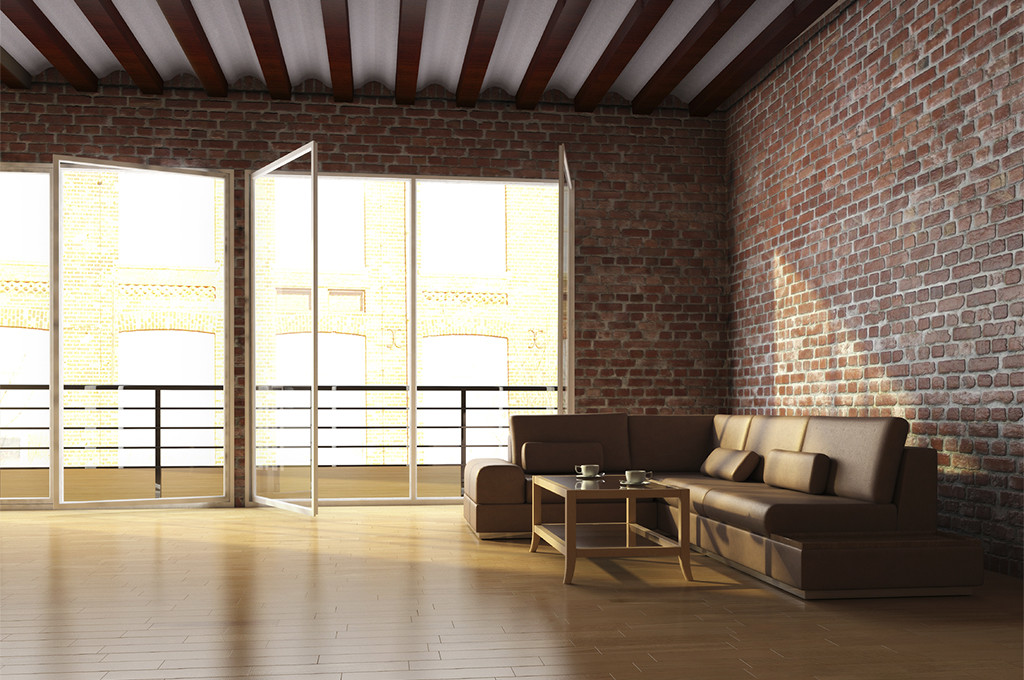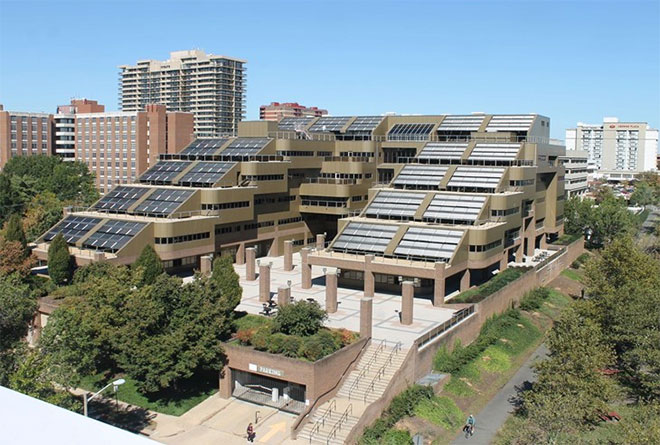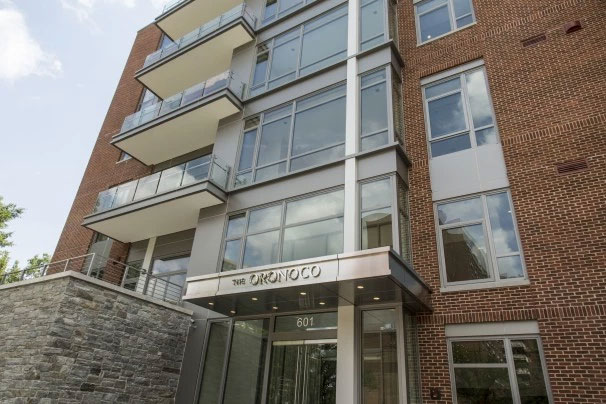Combine a soft office market with an office building that has a bleak future, and you have a conversion opportunity. Will this trend stick around when office vacancies stabilize?
In any given market during any given economic cycle, there are always a couple of sow’s ears waiting to be made into the proverbial “silk purse.” Well-situated luxury condos are currently (and likely will always be) hot; office, generally not, in certain markets. So a form of “real estate Darwinism” is showing itself: the practice of adapting a property to ensure its survival in a market or under conditions where it would otherwise wither and die. One increasingly popular avenue is the office-to-residential conversion.
Plus: Who benefits from tech tenants? | What studies reveal about Millennials
“I’m not a prophet, but clearly there are changes in demand for office. So, there will continue to be obsolete office buildings (while) there is more need for close-in residential,” says Washington, D.C., area developer Bob Youngentaub, who is the Y in EYA.
Also: U.S. office market strongest since recession | Who benefits from the surging U.S. dollar?
EYA saw one such opportunity in a submarket where it already has a significant development footprint: Old Town Alexandria. In the fall of 2011, EYA acquired the Sheet Metal Workers’ building on Alexandria’s North waterfront. This building boasted unobstructed views of the Potomac and was only a short walk from the commercial core of Old Town. However, it had reached a point of obsolescence as an office building. It was situated on the fringe of the North Old Town office core (a location regarded as betwixt and between) and had an exterior design that paid little respect to the water views, and even less respect to a neighborhood that already had a collection of architecturally underwhelming buildings.
(ResidentialArchitect.com)
So, EYA pounced. But you have to ask how easy these office-to-residential conversions are. And more importantly, how many opportunities like this would exist if the office sector was stronger?
As to the ease of a project like this, Youngentaub relates, “It’s not for the faint of heart.” What EYA and architect Shalom Baranes faced was a slew of architecture and engineering challenges that were peculiar to an office building that was now intended to become a luxury condo building. For starters, they wiped out a five-story atrium and redistributed the floor area elsewhere in the building. Some interior sections of the building were a different elevation grade from the terraces, requiring a costly and creative fix. The building had more structured parking than was necessary, so some of those spaces were converted to amenities, such as a dog washing station. That’s Old Town for you: More dogs than cars! The old main entrance lobby was a full level above the street, so that was dropped down to street level in order to create a new, stately entrance.
(WashingtonPost.com)
Seems like a great play, but does the risk end when the last unit sells? Not exactly. At the building EYA developed, now known as the Oronoco, buyers have been closing on units ranging from $1.5 million to $4.5 million, with the knowledge that future development around their building may partially block their views. But developer and condo buyers alike chose this site for more than views: They chose it for a certain quality of life that comes with being in a historic city near the Nation’s Capital, and being within walking distance of a (soon-to-be) improved waterfront and an amenity-rich King Street corridor.
So, the moral of that story is that the success of a conversion project hinges greatly on the location’s being a superior place to live. There is always room for one more good project, after all.
However, if this becomes a “conversion craze,” it begs the question: When vacancy rates go down and office rents rise, will the resulting increase in value of office buildings price them beyond reach for this kind of play? The popular belief seems to be that, in today’s market, there are always going to be obsolete office buildings somewhere that could be well-suited to a conversion, at a price that makes sense. Proof of this is that plan submissions for these kinds of projects were only a trickle a short time ago but are now coming out at the rate of about one a month around the D.C. market. Is that more a sign of a bottomed-out office market or more intelligent development? A little of both.
At the root of Darwinism is the premise that the fittest survive, and anyone who wants to stay in the game must do so by adapting.
Such is the way in which an albatross of an office building becomes a gem of a residential condo building. Those with vision and agility will capitalize on this trend while the market provides a window of opportunity.
Steve is Senior Vice President of Colliers International in Washington, D.C. Having worked for both owners and occupiers, he writes about regional and national business trends. In his spare time, Steve is an accomplished cook and is also putting the finishing touches on his first movie screenplay. Connect with Steve on LinkedIn.

 Colliers Insights Team
Colliers Insights Team


